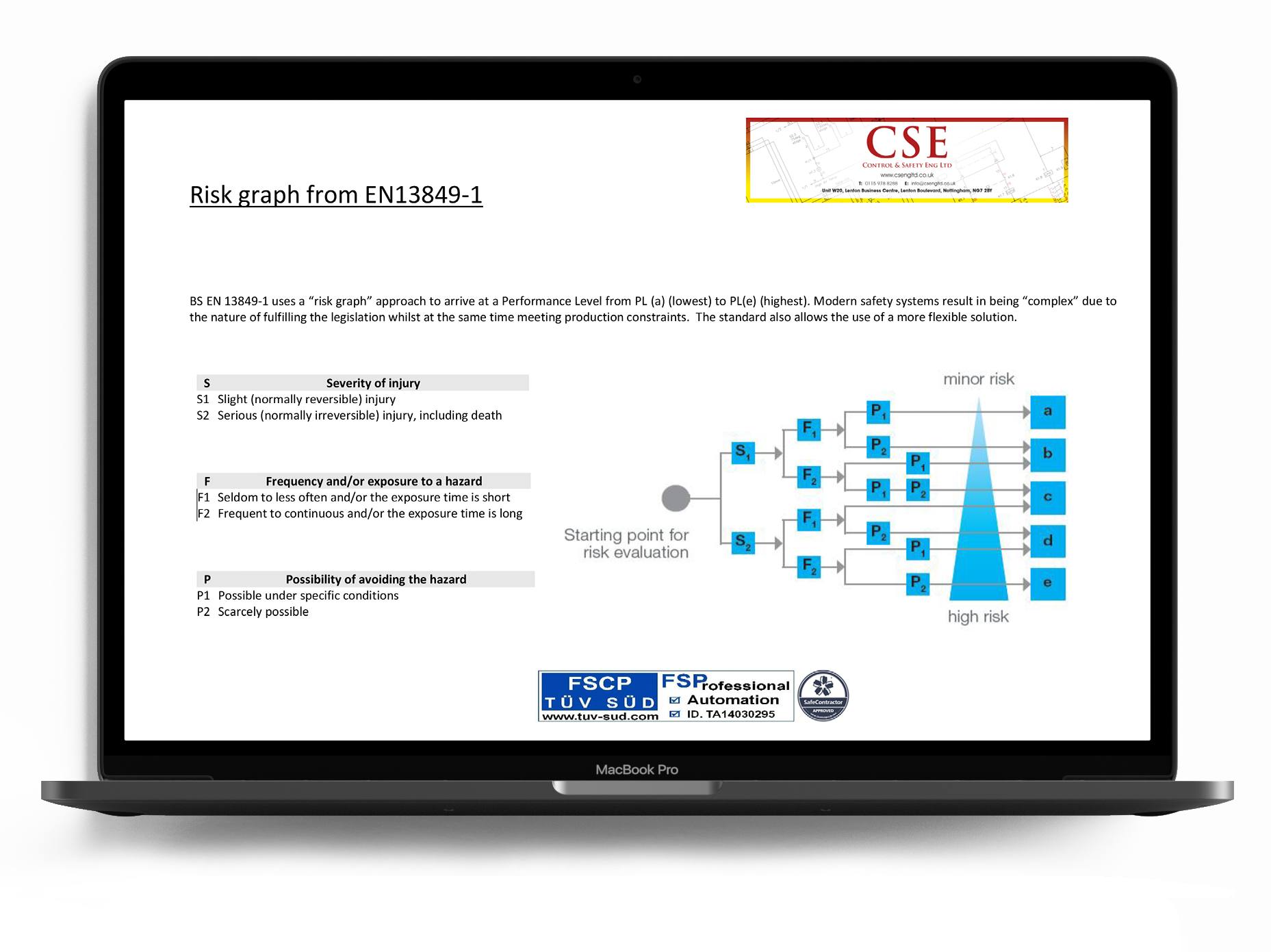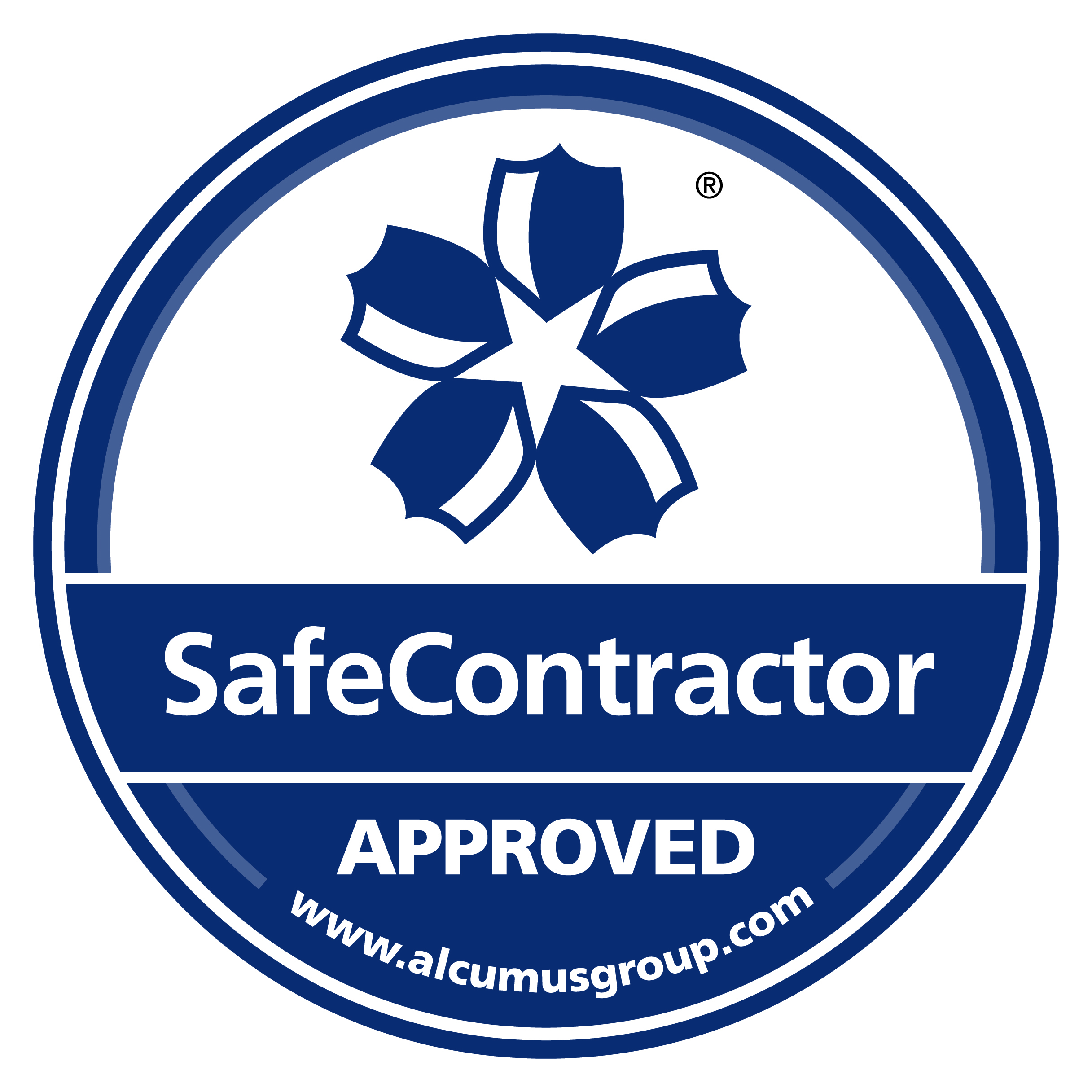Has your machinery been Risk-Assessed?
Why?
To conform to European legislation, in particular the Machinery Directive (2006/42/EG).
The legal framework
The Framework Directive (89/391/EC) was introduced to encourage improvements in the safety and health of workers at work. Employers’ Obligations include ‘capability assessment’ and the ‘assessment of risks’ as set out in Article 6.In the UK the Health and Safety at Work Act 1974 laid similar intentions although it didn’t specifically talk about Risk-Assessment. To help meet the essential requirements of the Framework Directive, in came the “Management of Health and Safety at work Regulations: 1990”, (MHSWR) which was then modified in 1999.
Regulation 3 of MHSWR requires that “every employer and self-employed person shall make a suitable and sufficient assessment of the health and safety risks……in order to put in place appropriate control measures”. We all appreciate that Machinery is quite well known for its risk!
The Machinery Directive
As with other Directives, the Machinery Directive (2006/42/EG), contains “general safety goals” and defines “basic health and safety requirements”.
For example, Annex I, Paragraph 1.1.2 states “…machinery must be so constructed that it is fitted for its function……without putting persons at risk and ‘The aim of measures taken must be to eliminate any risk of accident PUWER 98
The Provision and Use of Work Equipment Regulations 1998 are aimed at work equipment despite its age or place of origin. Work equipment is – “any machinery, appliance, apparatus, tool for use at work whether exclusively of not.”
In general terms, PUWER requires that employers’ and others appoint competent persons to inspect machinery at certain intervals to ensure that there is an acceptable level of risk. Yet more risk-assessment!The Low Voltage Directive
The Low Voltage Directive (2006/95/EC) covers electrical equipment between 50V – 1000V AC, and 75V – 1500V DC. For electrical equipment within its scope, the directive provides the Requirements in respect to health and safety covering all risks, thus ensuring that the electrical equipment is safe for its intended use.Most automated machinery contains electrical equipment, – so there is just no getting away from risk-assessment!
So what are standards?
Before products can be sold or operated they must conform to the “essential health and safety requirements” of the European Directives. This is where standards come in. Following standards helps meet these essential requirements. Standards are generally “ratified” or “harmonised”.
Harmonised or Ratified?
Harmonised standards are drawn up by CEN (Comité Europèen de Normalisation) and CENELEC (Comité Europèen de Normalisation Èlectrotechnique). These standards are drawn up following a mandate from the European Commission and are listed in the Official Council Journal of European Communities.Following this, each member state must include the harmonised standard in its own domestic standard system, in our case, British Standards!
The most important thing regarding harmonised standards is the fact that they give an “automatic presumption of conformity” to a particular aspect of the European Directive under which it is harmonised. For example, designing an emergency stop system to BS EN 13850 “Safety of machinery – Emergency stop equipment, functional aspects – Principles for design” will give automatic presumption of conformity in regard to Annex I, paragraph 1.2.4 of the Machinery Directive.
Ratified standards on the other hand provide design to the state-of-art technology. Existing domestic standards on the same subject must then be withdrawn. An example of a ratified standard is IEC 61508, “Functional safety of electrical/electronic and programmable electronic control systems”.
WE can help you with your risk assessment and ensure you conform
Want more information about how we can support your business? Please download our brochure below.



